DD Bangla anchor Lopamudra Sinha fainted while reading the news on live television recently. The fainting episode occurred due to extreme temperatures, which made her dehydrated and lowered her blood pressure. Here’s a look at how high temperatures affect the body
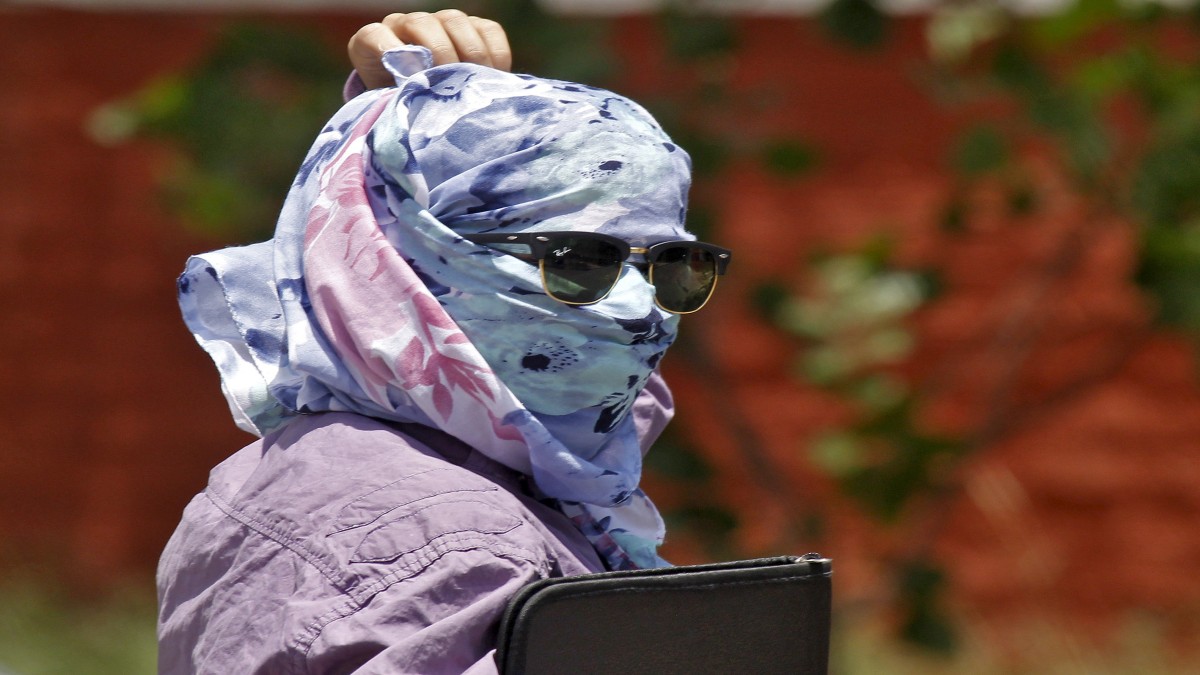)
With temperatures surpassing 40 degrees, even mundane activities like travelling can put excessive stress on the body. Reuters
Many Indian states have been gripped by a searing heatwave in recent weeks.
The maximum temperatures in many regions range from 40 degrees Celsius to 46 degrees Celsius, prompting the India Meteorological Department (IMD) to issue a heatwave warning.
As West Bengal grapples with a heatwave, a video of a Doordarshan anchor fainting on live television has taken over the internet.
With the mercury soaring across the country, let’s take a look at the reasons behind fainting.
News anchor faints on live television
Doordarshan Bangla news anchor Lopamudra Sinha shared a video about her health update on Facebook on Saturday.
In the video, she said that the fainting episode took place on 18 April at around 8.30 am when she was reading the news live on the channel.
“It was very hot… my blood pressure dropped. I was feeling unwell even before I fainted. I thought drinking water would help so I asked the floor manager for some (sic.),” she said, according to Moneycontrol, adding that the studio was air-conditioned but it wasn’t helping much since it was extremely hot that day.
Sinha desperately needed water but it was a live telecast. “On Thursday, most of the news was in the general category which did not have any visuals to go with it. There were no bites. Had there been any visuals to run on the live telecast, I could have used that break to drink water (sic.)," Sinha said.
“Finally, at the end of the show, there was a story with a visual bite and I used that opportunity to get some water from the floor manager. By that time, I still had three to four more stories to read. I thought I could manage to read them all, but when I was reading the news on the heatwave, my speech because slurred (sic.),” she added.
She, however, fainted soon after. The floor manager and other staff members rushed to her side, sprinkled water on her face and fanned her.
The news anchor added that things could have taken a bad turn if she had fainted while walking away from her seat. “It could have been fatal (sic.),” she said.
After the incident, she was taken to a hospital. “I am feeling much better now. Even though my blood pressure is still fluctuating, I feel much better (sic.),” Sinha said in the video.
Fainting episodes in high temperatures
With temperatures surpassing 40 degrees, even mundane activities like travelling can put excessive stress on the body.
One common response to such conditions is heat syncope or fainting.
This is because excessive heat can make it more difficult for the body to maintain blood pressure.
According to The New York Times, fainting usually occurs when a person has been standing for a long time without movement, or when the person rises up suddenly from a sitting or lying position in the heat.
It often occurs in people whose body is not used to increased environmental temperatures.
In hot weather, blood vessels expand when the body tries to cool itself. Thus, if someone is standing for a while, gravity causes his/her blood to drain downward through the widened blood vessels into the legs and feet, as per NYT.
The pooling of blood in the lower parts of the body diverts the blood away from the brain. This leads to oxygen deprivation, dizziness, lightheadedness, and eventually fainting.
People who suffer from fainting usually come to their senses within 10 to 15 seconds. Though their pulse may be weak, their body temperature is within the normal range at this stage.
According to the University of Connecticut website, heat syncope may also be due to dehydration, limiting total blood volume, and predisposing individuals to syncope.
A 2017 The Conversation report also claims life-threatening issues involving the heart also lead to fainting. Abnormal heart rhythms dramatically decrease the blood pumped out by the heart, causing blood pressure and brain blood flow to decrease. The report claims structural heart problems, also known as cardiomyopathies, are sometimes the cause of these abnormal heart rhythms.
Preventing a faint
Some measures you can take to prevent fainting are to stay hydrated, avoid extreme temperatures, including long hot showers, and avoid fasting for too long.
Shifting your weight from one leg to another while standing for long. According to The Conversation, when you start feeling woozy, cross your legs, and clench the muscles in your buttocks and legs to prevent heat syncope.
Avoid alcohol, hyperventilation and sudden posture changes.
Consult a health care provider to determine the cause of fainting if it occurs more than once.
To prevent heat syncope from intensifying into a more serious condition, raise the victim’s legs to direct the blood flow to the brain, NYT quoted Dr Dennis A. Cardone, an associate professor in the department of orthopedic surgery at NYU Langone Medical Center, as saying. Moving him to a shady place and checking his airway, breathing and circulation is also necessary.
Give him water or a sports drink, since dehydration can increase the risk for other heat-related maladies. Recovery should occur within an hour, with no additional health problems, the 2013 report quoted Dr Cardone as adding.
Severe heatwave in India
Intense heat swept large swathes of India on Sunday, with maximum temperatures settling four to six degrees Celsius above normal in many areas.
For those uninitiated, a severe heat wave is declared if the departure from normal temperature exceeds 6.4 notches. The threshold for a heat wave is met when the maximum temperature of a weather station reaches at least 40 degrees Celsius in the plains, 37 degrees in the coastal areas and 30 degrees in the hilly regions, and the departure from normal is at least 4.5 notches.
According to the India Meteorological Department (IMD), maximum temperatures hovered between 42 and 45 degrees Celsius in parts of Odisha and Rayalaseema, West Bengal, Jharkhand, Vidarbha, Chhattisgarh, Madhya Pradesh, Telangana and Andhra Pradesh.
PTI reported Bihar, Madhya Pradesh, Tamil Nadu, Puducherry and Uttar Pradesh recorded maximum temperatures between 40 and 42 degrees Celsius.
Maximum temperatures settled two to four degrees above normal in parts of sub-Himalayan West Bengal, Sikkim, Andhra Pradesh, Tamil Nadu, Puducherry and Karaikal, Chhattisgarh, Madhya Pradesh, Vidarbha and Telangana, the IMD said.
On Sunday, Bahargora in Jharkhand recorded a maximum temperature of 46 degrees Celsius, Baripada in Odisha 44.6 degrees, and Bankura in West Bengal 44.5 degrees. Bulandshahr in Uttar Pradesh registered a high of 44 degrees Celsius and Washim in Vidarbha 43.6 degrees.
In Maharashtra’s Mumbai and its suburbs of Thane and Raigad, the weather agency has issued a yellow alert, indicating the likelihood of hot and humid conditions until Thursday.
Sunil Kamble, director of IMD Mumbai, told The Indian Express, “The citizens will be experiencing hot, humid conditions and uncomfortable weather conditions, even though the temperature will remain in the range of 34 – 35 degrees Celsius, owing to the high levels of humidity. We are witnessing such discomfort because of the blowing westerlies which bring in a lot of moisture. The presence of this moisture thereby leads to an increase in the humidity levels.”
“For Kerala, Tamil Nadu and Andhra Pradesh, we have issued a ‘Hot and Humid’ warning alert for the next four to five days,” Kumar said.
Notably, the ongoing heat wave is the second heatwave spell this month.
The first spell scorched parts of Odisha, Jharkhand, West Bengal, Telangana, Andhra Pradesh, Tamil Nadu and Gujarat.
What’s next
The Met Office has said four to eight heatwave days are expected in different parts of the country in April against a normal of one to three days.
Ten to 20 days of heatwave days are expected against a normal of four to eight in the entire April-June period.
The areas and regions predicted to witness a higher number of heatwave days are Madhya Pradesh, Gujarat, Odisha, Andhra Pradesh, Madhya Maharashtra, Vidarbha, Marathwada, Bihar and Jharkhand. Some places may record more than 20 heatwave days.
The intense heat could strain power grids and result in water shortages in parts of India.
Global weather agencies, including the IMD, are also expecting La Nina conditions to develop later in the year.
El Nino conditions – periodic warming of surface waters in the central Pacific Ocean – are associated with weaker monsoon winds and drier conditions in India. La Nina conditions – the antithesis of El Nino – lead to plentiful rainfall during the monsoon season.
In a mid-April update, the IMD said India would experience above-normal cumulative rainfall in the 2024 monsoon season with La Nina conditions, expected to set in by August-September, being the dominant factor.
The monsoon is critical for India’s agricultural landscape, with 52 per cent of the net cultivated area dependent on it. It is also crucial for replenishing reservoirs critical for drinking water apart from power generation across the country.
With inputs from PTI

 4 months ago
23
4 months ago
23

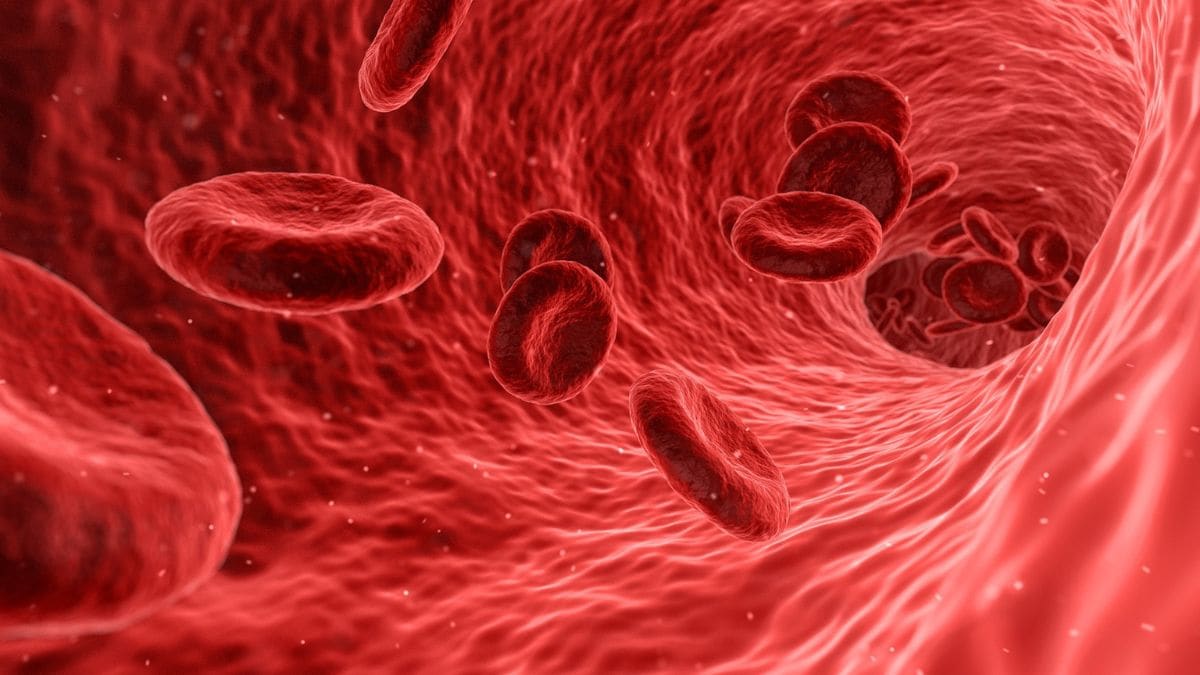


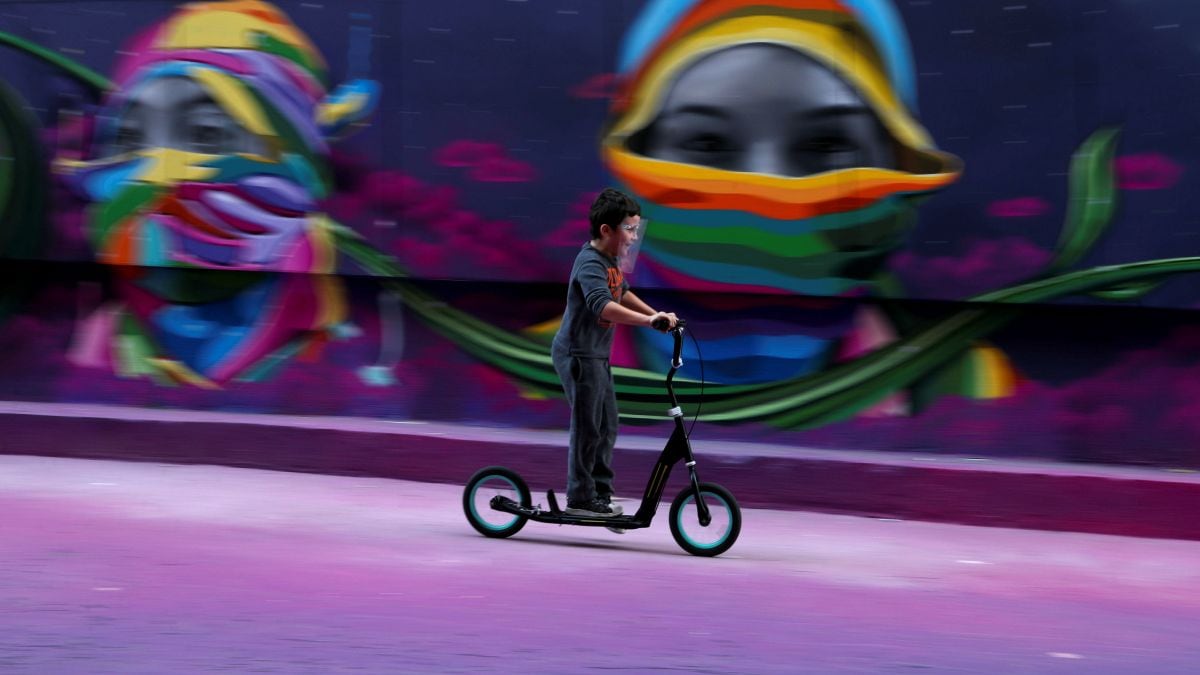




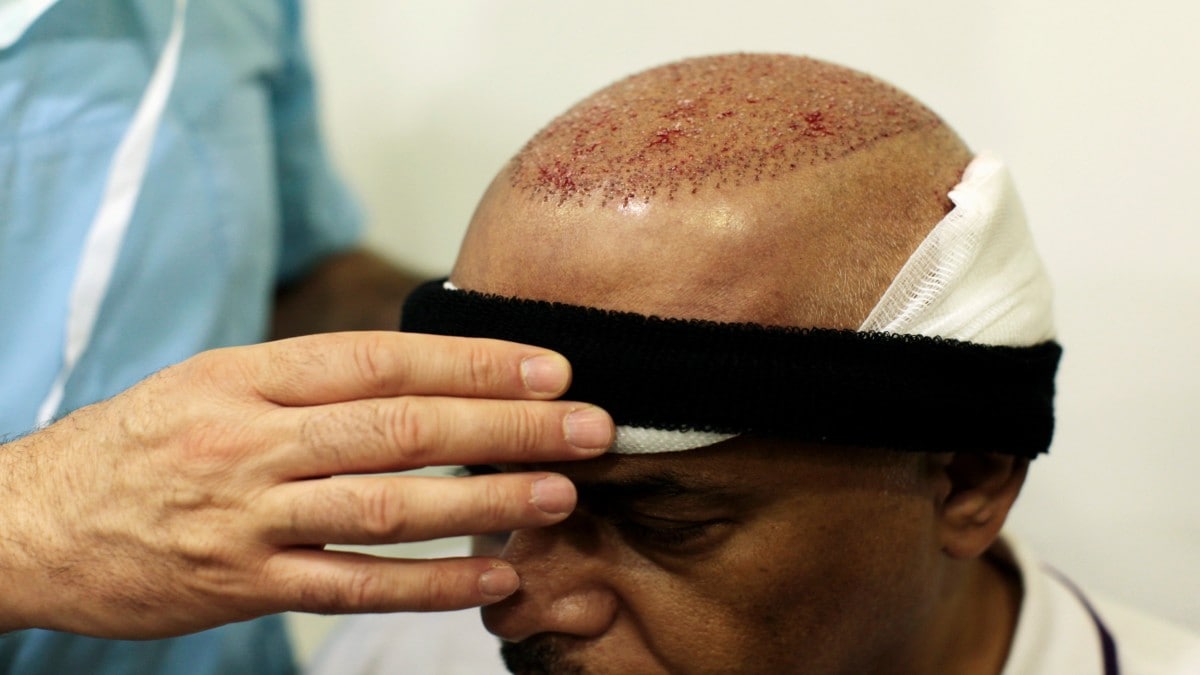




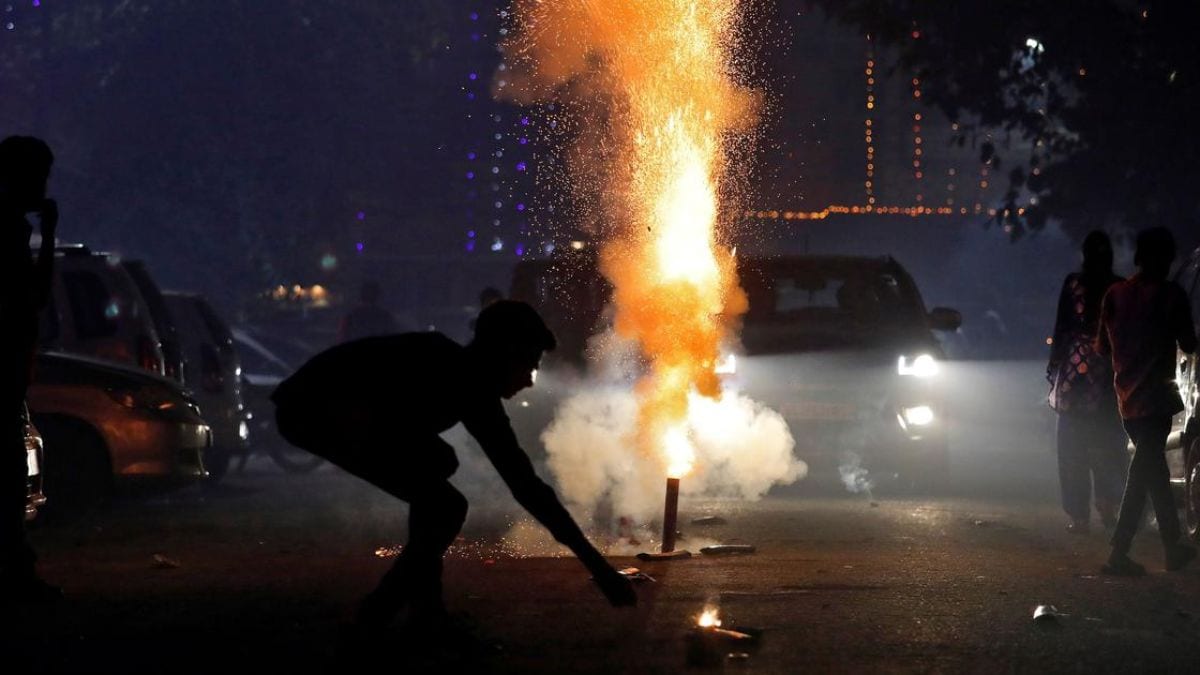
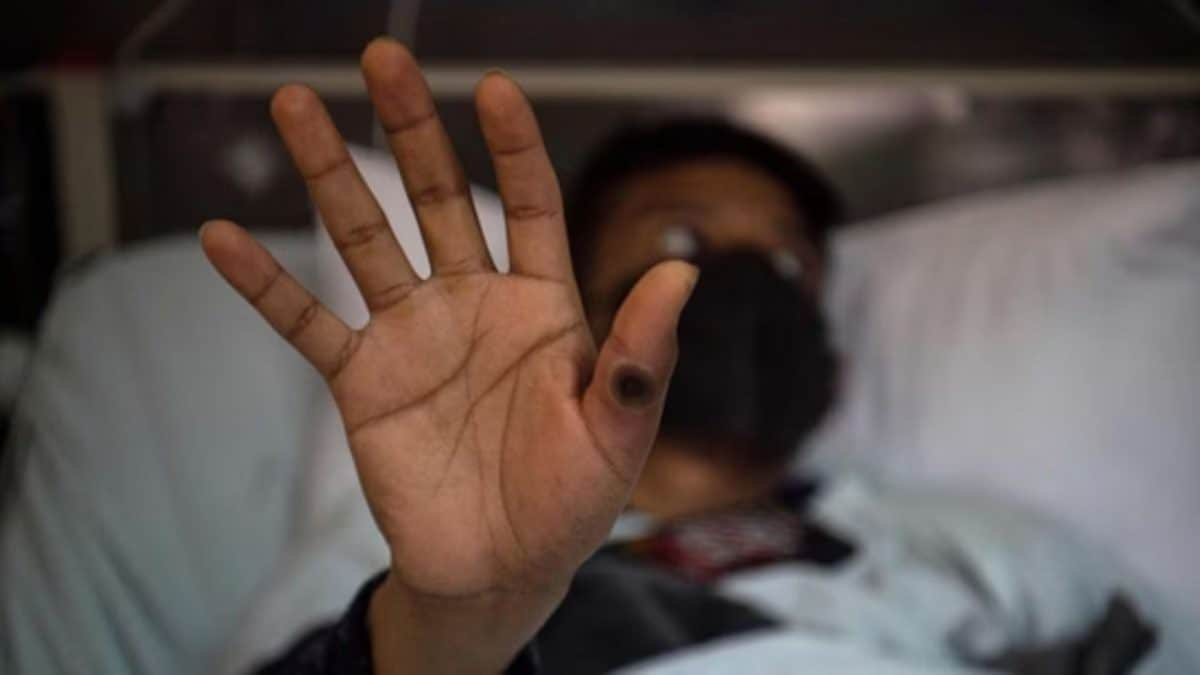
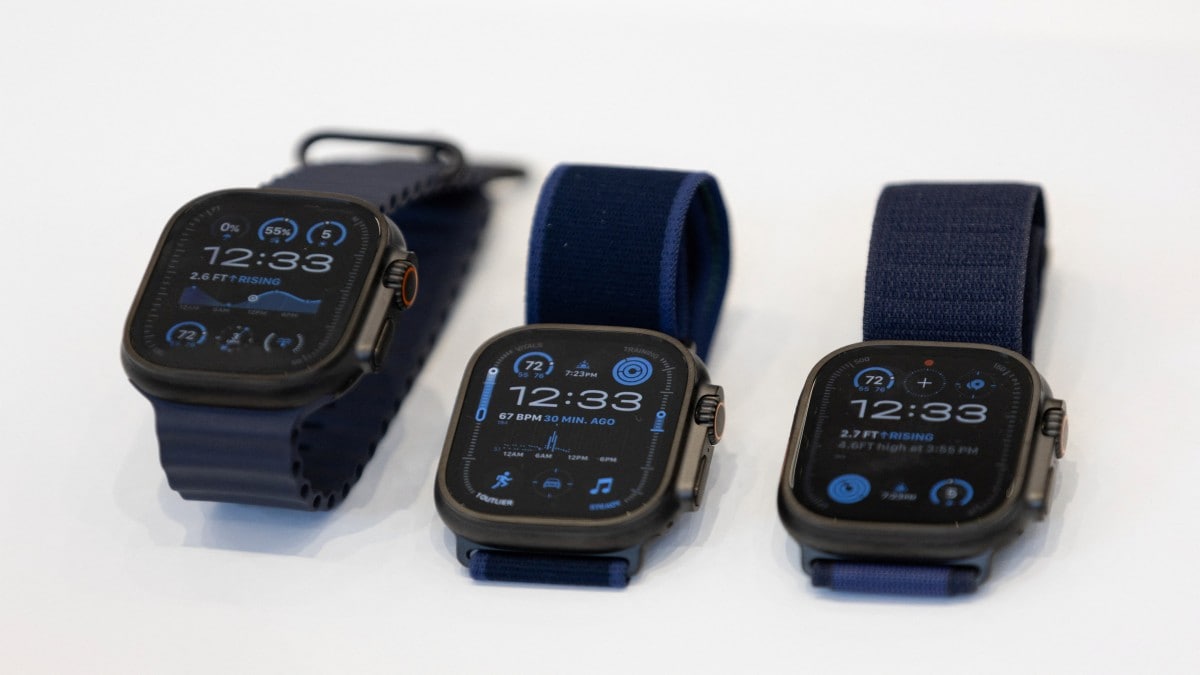

)
)
)
)
)
)
)
 English (US) ·
English (US) ·